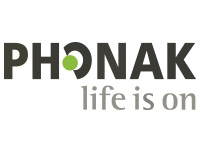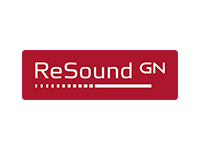
- Oct 7, 2019
Cleaning and Maintaining Hearing Aids
Hearing Loss
An estimated ten percent of the world's population is to some degree, deaf. That is, 700 million individuals, ranging from those who have mild hearing loss and may or may not rely on hearing aids or lip-reading, to those who communicate using sign language and are part of a diverse Deaf Culture.
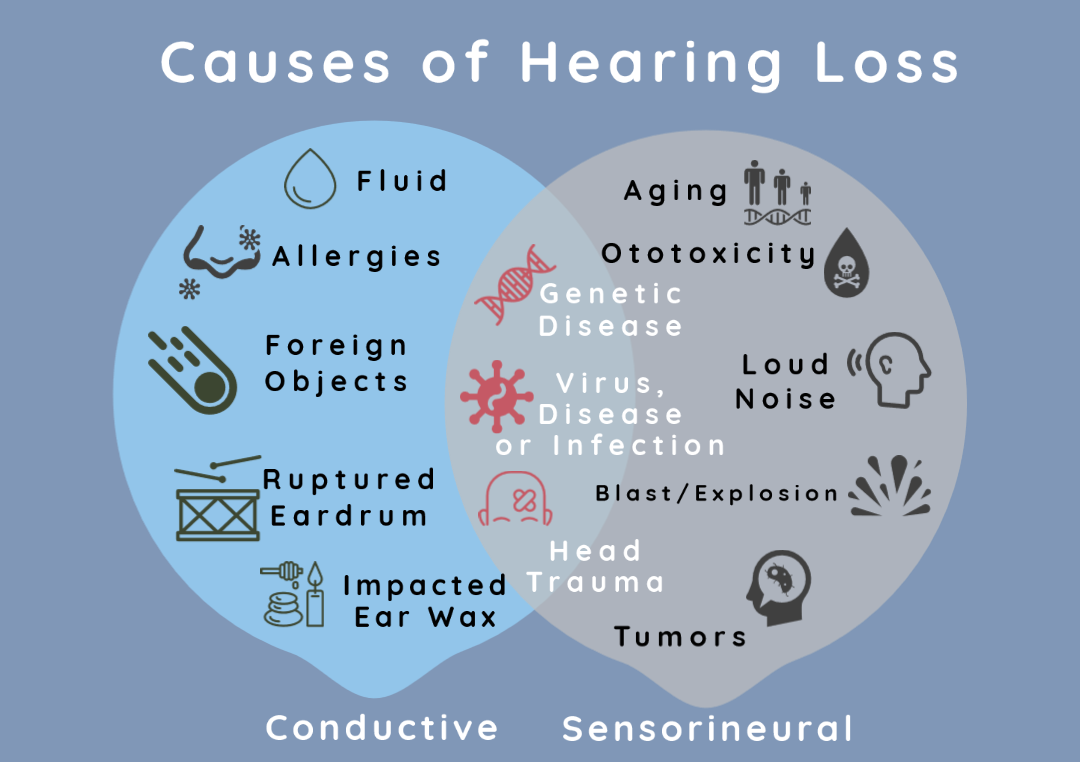 source: https://houghear.org/bhsm/
source: https://houghear.org/bhsm/
Causes of Hearing Loss
Hearing loss can be congenital, meaning from birth, or occur as a result of a disease or accident. Some of the diseases that affect hearing include Scarlet Fever, Meningitis, Mumps and Measles. Traumatic skull or ear injuries, exposure to loud sounds, ear pressure problems incurred while scuba diving, etcetera, can lead to permanent full or partial hearing loss.
Hearing loss occurs in one of two areas: a conductive hearing loss, which is due to a mechanical problem within the outer or inner ear known as CHL. However, fluid accumulation is the most common cause of conductive hearing loss in the middle ear, especially in children. Major causes are ear infections or conditions that block the eustachian tube, such as allergies or tumours, which can lead to permanent sensorineural hearing loss.
Sensorineural hearing loss (SNHL) is related to the tiny nerve cells in the inner-ear experiencing injury, disease or malfunction.
Noise causes sound waves that make our ear drums vibrate. These vibrations are received by hair cells in the inner ear, which flatten according to the frequency and loudness of the sound and stimulate nerves that pass messages to the brain.
Very loud sounds make the hair cells collapse and flatten temporarily, resulting in temporary deafness. This is referred to as a temporary threshold shift and may last hours or longer depending on the degree of noise exposure.
This temporary hearing loss may also be accompanied by a ringing sensation called tinnitus. If this severe noise exposure is repeated over many years, the hair cells in the inner ear become permanently damaged resulting in permanent hearing loss.
Noise-induced hearing loss occurs gradually over a long period of time and unfortunately, hearing loss is permanent. Historically, noise-induced hearing loss is often due to unsafe industrial practices on construction sites or in factories and the music industry. Refer a Brief Hear-Story of Deafness
Hearing Aids
The development of modern hearing aids requires configuration of the device to match the hearing loss, physical features, and lifestyle of the wearer. This process is called "fitting" and is performed by audiologists.
Digital technology has revolutionised the way hearing devices process sound, providing superior listening comfort, speech clarity, and user control. Most digital hearing devices are programmable to individual requirements. Generally speaking, digital hearing devices are the most sophisticated amplifying devices currently available.
The latest devices have background noise cancellation software and Wi-Fi and Bluetooth technologies that can connect the wearer to the TV, iPhone or Android devices for streaming and calls.
All hearing devices use batteries. Hearing device owners are able to change batteries in most models and some hearing devices function on rechargeable batteries.
There are four types of digital hearing aids to provide different hearing solutions - Behind-the-ear (BTE), Receiver-in-the-ear (RITE, RIC), Invisible-in-the-canal styles (IIC), Canal styles (CIC, ITC, ITE)
Maximising the Benefits
Getting the best from a hearing device takes time and practice as your brain acclimatises to hearing more. Your audiologist monitors your progress and fine-tunes the hearing devices for optimum performance. Once it's up and running, new hearing devices should last at least five years, if you clean and maintain your device on a daily basis and have it regularly serviced by the audiologist.
If you are not cleaning and maintaining your hearing aid daily, the microphone ports will get blocked with wax and so will your wax management system at the speaker end.
CIC/ IIC Hearing Aids: The small in the ear hearing aids are most prone to wax and moisture damage. Your ear canal is a moist, warm, acidic environment which doesn't go too well with small electronics. Unlike a behind the ear device, the microphone is located on the face plate of the device which sits in your ear.
If you are not using a dehumidifier then it is most likely there will be some degree of moisture build up which can lead to corrosion. Maintaining CIC & IIC hearing aids is very important for optimal benefit and the life of the device.
RIC / BTE Hearing Aids: Receiver in the canal hearing aids and behind the ear devices are much easier to maintain as the microphone sits on top of the hearing aid behind your ear.
The main maintenance required with these types of devices is brushing the microphone to remove any dust or debris. The wax cap at the end of the speaker will need to be changed depending on the amount of wax you produce.
The receiver (the wire) may also become brittle over time as this is generally the only way to remove the device from your ear. It is common for this to either break or get a kink in it which may stop the device from working or cause sounds to become intermittent.
The receivers of Phonak and Unitron hearing aids are often the same product. These can be easily and cheaply replaced by your audiologist.
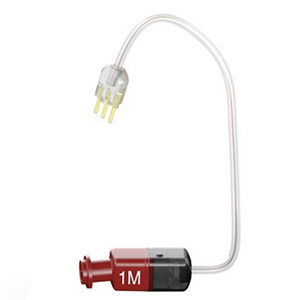
Receivers are remarkably durable considering the size and that you use it to put your hearing aid on and and off. They have a tiny locking mechanism that may be tricky to setup for anyone without good eyesight. Best to have your audiologist replace it. It can usually be replaced on the spot.
These devices are also prone to sweat which is another good reason to use a dehumidifier.
Unitron CleanDry dehumidifiers help keep hearing aids clean and dry through circulation of heated, natural air and UV-C light. CleanDry operational instructions, USB power cable and adapter are included in the unit. Refer to Unitron Moxi Tempus Pro Hearing Aid Features
Also Clean Spray is a disinfectant spray that kills bacteria, fungi, and HBV. It is applied to hearing aids (avoiding microphones and speakers) and after a minute it is wiped off with a cleaning cloth.
Ageing and Hearing Loss
Hearing loss is acquired through recreational and workplace noise, illness, medications and as part of the process of ageing.
Acquired hearing loss creates social isolation and is linked to dementia and mental health issues. Identification, prevention and interventions make significant improvements to a person's capacity and functionality.
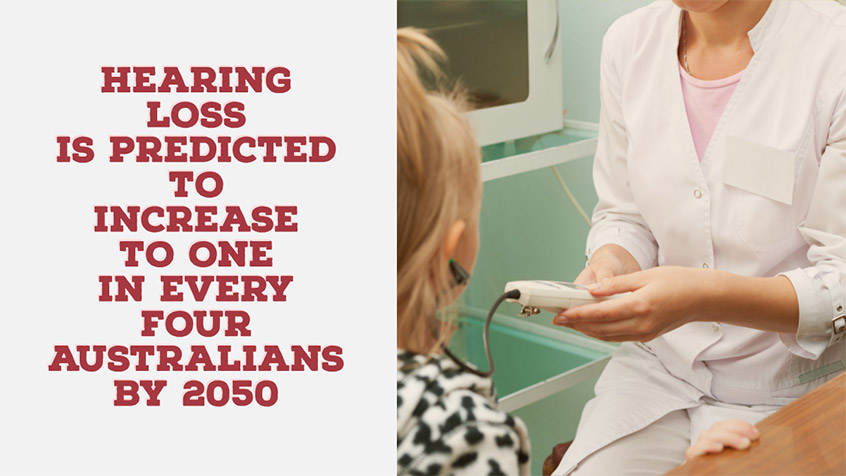
With an ageing population, hearing loss is predicted to increase to one in every four Australians by 2050. About a third of acquired hearing loss is because of noise exposure from workplace noise and leisure activities and is largely preventable. Hearing loss increases from less than one per cent for people younger than 15 years to three in every four people aged over 70 years.
Aged-Care Workers
Staff working in Aged Care facilities, Retirement and Nursing Homes or as Home Carers must be alert to the need to clean and maintain the devices of their clients who wear hearing aids.
Wax build ups in the speaker filter or blockages to the vents and microphone ports in an aged person's hearing aid may severely impact their ability to hear and communicate.
Telltale signs are when a person who is wearing hearing devices complains of not being able to hear properly; does not answer simple questions; ignores staff instructions or fails to engage in conversations that they would previously have partaken in with staff or their peers.
In this situation, a carer should first check the battery in their client's device, followed by checking the various external parts of the device and signs that it has become blocked with wax. Similarly, a medical staff member should check the client's ears for wax blockage and take appropriate medically approved action to remove wax from the client's outer ear canal.
After cleaning the device with the soft brushes and cloths supplied for the device by the audiologist and/or replacement of the speaker filter and/or replacement of the battery, if the client still complains of not being able to hear clearly (or at all), the device may be affected by moisture or need the internal software adjusted or replaced. This requires a visit to or from the audiologist who originally supplied and fitted the device.
Finally the audiologist may need to re-test the client to ascertain if a further deterioration of hearing has occurred and therefore if a recalibration of the device is necessary to adjust for the deterioration in hearing. The audiologist will also determine if the client needs to be referred to an ear specialist if they find that a more serious medical situation related to deterioration of hearing has occurred.
Responsibility not "Hearsteria"
The historical and often hysterical stigma attached to deafness and hearing loss may work as a deterrent and put people off getting their hearing checked or being fitted with appropriate and fully functioning hearing devices.
Those who are responsible for the care of people with a hearing loss are also responsible for the cleaning and maintenance of hearing devices where for reasons of age, sight loss, dementia or other illnesses, the wearer can no longer fully maintain or clean their hearing aids/devices.
Researched, Compiled, Composed and Written by Dr Steven Gration - October 2019
Tags
Other Articles
05/12/2023 Understanding Body Language In Meetings »
21/11/2023 Slim Hearing Aids »
18/06/2023 Noise and non-hearing health »
12/06/2023 Using Conversation Visual Cues »
03/01/2023 A beginner's guide to Bluetooth »
08/12/2022 The Stigma of Wearing Hearing Aids »
16/08/2022 How to Become a Better Listener »
13/05/2022 Negativity Bias »
22/04/2022 Tinnitus who has it and why? »
14/10/2021 Lost or Damaged Hearing Aids »
20/10/2020 Deep Listening »
08/10/2020 Over-the-Counter hearing aids »
08/09/2020 Hear Better than Anyone in the Room »
12/08/2020 Sound Wavelength and Loudness »
03/03/2020 Localisation - identifying where sound comes from »
10/02/2020 Sudden Deafness »
17/12/2019 Hearing Better in Meetings »
09/12/2019 Can meditation improve hearing? »
18/11/2019 Over 50s »
30/10/2019 Wireless Hearing Aids »
09/04/2019 What is the process for buying a hearing aid? »
06/02/2019 One Hearing Aid or Two? »
31/01/2019 Hearing Aid Cost Breakthrough 2019 »
29/08/2017 Hearing Aid Future is Here »
09/06/2017 ABC Checkout Warns on Hearing Aid Purchases »
13/04/2017 Listening better in a noisy world »
21/02/2017 Hearing augmentation devices - IQBuds »
08/12/2016 Childrens Hearing Linked to Social Disadvantage »
24/10/2016 Hearing with Less Effort »
25/01/2016 Seven Thousand Ways to Listen »
01/10/2015 Hearing Loss and Dementia »
06/03/2015 Myth: Hearing Aids do not work »
03/12/2014 ABC Background Briefing Hearing Aids »
20/11/2014 Buying a hearing aid for your parents »
17/01/2014 Is Bluetooth making costly Hearing Aids redundant? »
13/01/2014 Research Online and Save »
08/10/2013 Phonak Q10 Hearing Aid Review »
13/05/2013 Is anyone listening to you »
12/04/2013 Hearing Aid Repairs »
05/04/2013 Will I benefit from a hearing aid? »
18/03/2013 Compare Hearing Aids »
13/03/2013 Audiologists are now mobile »
08/03/2013 Hearing and your work prospects »
18/12/2012 Hearing and your baby »
13/12/2012 Occlusion effect when wearing hearing aids »
24/10/2012 Hearing Aid Brands in Australia »
18/10/2012 ReSound Verso »
03/10/2012 Waterproof Hearing Aids »
28/05/2012 Music to your ears »
19/02/2012 Donate hearing aids that are no longer needed »
31/01/2012 An Invisible Hearing Aid »
26/11/2011 Who to see for sudden hearing loss »
03/11/2011 Restore your hearing or use aids »
13/09/2011 Not wearing your hearing aids »
29/08/2011 Audiologists Career Path »
26/08/2011 Bluetooth Hearing Aids »
Hearing Aid Referral
Get the best price and care from our network of professionals
FREE/no obligation
- Great Care
- Major Brands
Hearing Aid Brands in Australia
